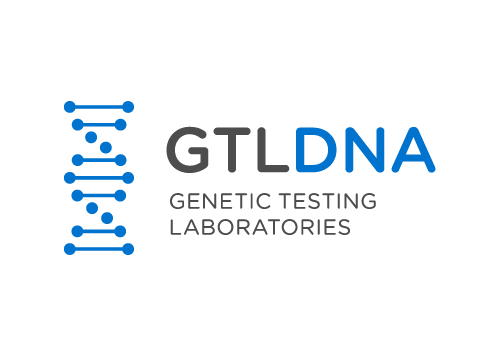DNA paternity tests are a tricky subject matter to most people. The process itself is simple and effective in providing the answer to who the real parent is. However, there would be cases in which the father could potentially be unavailable or unwilling to be tested. Would there be another way to reach a proper conclusion on the child’s birth father even without a sample?
The first thing you should note is that a DNA test is the most effective way in proving the paternity of a child. You could expect results to have a staggeringly high accuracy rate of 99.99% with the ever-advancing modern DNA testing facilities. That would be more than enough to be considered a full success in a legal bearing standpoint. However, you would still need to provide a sample of the alleged father’s DNA and child in order to properly utilize the test.
Do not fret if the father in question is unavailable due to being deceased or simply unwilling to provide a sample, as there are other ways in which one can provide a sufficient result to prove the paternity of the father in question. These methods can be used even without the father’s DNA sample present.
Blood Relatives Carry Similar Genes
With the continuous fast-paced evolution of modern medicine, we can now test the DNA relationships of the alleged father through the use of his family. To confirm the relationship one would test relatives such as the alleged father’s grandparents, siblings, parents, or even aunts and uncles’ DNA for any matches in the child’s genes.
These DNA samples can also be applied to younger siblings and could extend to 1stdegree cousins, as long as there is a familial genetic connection between the suspected father and the family member being tested.
The DNA test would involve using the male’s Y chromosomes. A female is born with 2 sets of chromosomes both of which carry the X chromosome, while a male carries an X and a Y chromosome. The gender of a child is based on the chromosome that was built through the birthing process. A combination of X-X would result in a female baby while an X-Y combination would result in a male. However, the research has discovered that the Y chromosome inherited from the male is indistinguishable from the father due to their being virtually no change in the inherited chromosome.
That scientific discovery led to a technique known as Y-STR, otherwise known as Y-short term repeats, in which the sample checks the short repeats of the Y chromosome in the male’s DNA. Thus, the paternity can be easily determined by the repeats of the Y chromosome on the father’s genes and the child’s. However, this Y-chromosome test would only work on a male child. Females do not carry the Y chromosome, hence, this method does not apply to them.
This technique can be used on the father’s grandfather, siblings, uncles, and even cousins as long as the person being tested is of male gender and is biologically linked to the alleged father. Their inherited Y chromosome is exactly the same as the son’s Y chromosome so there is no mistaking the proof of paternity using this method.
This is one of the ways a male child’s parentage can be solved without needing the father’s DNA sample. Although, it would always benefit you to seek legal counsel in case the father is unwilling to provide any sample as that could lead to him denying parental responsibility should the results come back inconclusive. In addition, the testing facility can provide help or allow legal DNA paternity testing that would be supervised by a law official.
